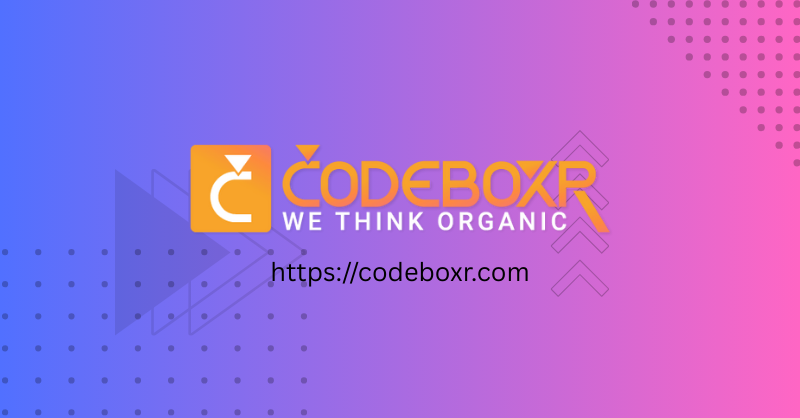Introduction
Thinking is the foundation of human decision-making, creativity, and problem-solving. However, not everyone approaches problems in the same way. People use different styles of thinking that reflect their personality, experiences, and goals. By understanding these different ways of thinking, you can strengthen your personal growth, enhance teamwork, and improve decision-making in everyday life.
1. Analytical Thinking
What: Breaks problems into smaller parts and reasons step-by-step using data and logic.
Where it helps: Debugging, data analysis, scientific experiments.
Quick tip: Practice by mapping problems as numbered steps and verifying each assumption.
2. Critical Thinking
What: Evaluative thinking that questions assumptions, evidence, and logic.
Where it helps: Fact-checking, argumentative writing, risk assessment.
Quick tip: Ask “What evidence supports this?” and “What would change my mind?”
3. Creative (Divergent) Thinking
What: Generates many possibilities, unusual associations, and new ideas.
Where it helps: Design, ideation, marketing campaigns.
Quick tip: Use constraints (time/word limits) to force surprising combinations in brainstorming.
4. Convergent Thinking
What: Narrows many options down to the single best or most feasible solution.
Where it helps: Multiple-choice problems, choosing a final design, optimization.
Quick tip: Apply objective criteria (cost, time, impact) to rank and prune ideas.
5. Strategic Thinking
What: Long-range planning that anticipates obstacles and sequences actions over time.
Where it helps: Business strategy, product roadmaps, leadership decisions.
Quick tip: Build a simple timeline with goals, checkpoints, and contingency options.
6. Abstract Thinking
What: Works with concepts, models, and symbols rather than concrete details.
Where it helps: Theoretical work, mathematics, philosophy.
Quick tip: Practice by summarizing a complex system in a single metaphor or model.
7. Concrete Thinking
What: Focuses on literal facts, sensory details, and immediate examples.
Where it helps: Hands-on tasks, training, troubleshooting hardware or workflows.
Quick tip: Recreate problems in real or simulated environments to test solutions.
8. Lateral Thinking
What: Seeks indirect approaches and breaks habitual patterns (Edward de Bono’s idea).
Where it helps: Problem-solving when standard methods get stuck, creative pivots.
Quick tip: Force a constraint swap (e.g., “what if we had half the budget?”) to unlock new directions.
9. Systems Thinking
What: Sees parts within wholes — feedback loops, dependencies, and emergent behavior.
Where it helps: Ecology, product ecosystems, organizational change.
Quick tip: Draw a causal loop or dependency map to reveal interactions and leverage points.
10. Metacognition (Thinking about Thinking)
What: Reflects on how you think — noticing biases, strategies, and when to switch modes.
Where it helps: Learning, self-improvement, teaching others.
Quick tip: After a task, write a short note: “What worked, what didn’t, what I’ll change next time.”
Using multiple styles — the smart move
No single style is always best. The clever thinker shifts modes: generate wildly (creative), then prune (convergent), verify (analytical + critical), and plan rollout (strategic). Systems thinking prevents narrow fixes that create new problems, while metacognition keeps you honest.
Practice quick checklist
- If stuck, try lateral prompts (change a constraint).
- For complex problems, sketch a systems map.
- Before deciding, pause and apply one critical-thinking question.
- End projects with a short metacognitive recap.
Conclusion
Each person naturally leans toward one or more styles of thinking, but the key is to balance and develop different approaches. Whether analytical, creative, or strategic, understanding these styles helps us become better problem-solvers and collaborators. By embracing diverse thinking styles, individuals and teams can thrive in both personal and professional life.
Self Promotion
Since 2011, Codeboxr has been transforming client visions into powerful, user-friendly web experiences. We specialize in building bespoke web applications that drive growth and engagement. Our deep expertise in modern technologies like Laravel and Flutter allows us to create robust, scalable solutions from the ground up. As WordPress veterans, we also excel at crafting high-performance websites and developing advanced custom plugins that extend functionality perfectly to your needs. Let’s build the advanced web solution your business demands.
